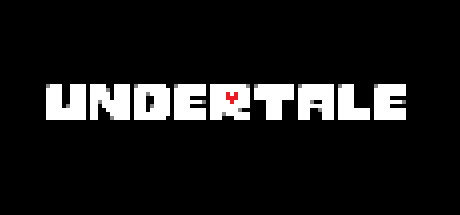This presentation at Ludo2025, on July 10th, 2025, examines how sound sonically separates the minigame from regular game space. Paper (Word format) Presentation (Powerpoint format). Please note that if you are using Google Drive to view this document, several of the diagrams will not display properly, so I recommend downloading and opening with Powerpoint. I... Continue Reading →
Evoking the Past: (Historical) Authenticity vs. (Gameplay) Authenticity and Ancient Greece
A video presentation at the North American Conference on Video Game Music, 2021 https://youtu.be/R44J4frya-c
A Musical Identity Crisis: Communicating Morality and Humanity in War Games
A video presentation (10 mins) and conference presentation (20 mins) at the North American Conference on Video Game Music and the Canadian University Music Society annual conference, 2019 https://youtu.be/k45BSoMdGoM
Analyzing Subversion in Undertale Through Soundscape
See the resources in the "SMT Poster 2020" tab above.
Now out! Authenticity in the Music of Video Games
Published via Lexington Books. Purchase via Lexington Books. Purchase via Amazon.com or Amazon.ca. From historical games to hyperrealism to retro gaming, Authenticity in the Music of Video Games explores, the shifting understanding of authenticity among players. What do gamers believe authenticity to be? How are their expectations structured by the soundtrack? And how do their actions impact... Continue Reading →
Developing Variation in Gilles Tremblay’s Croissant
An article in Intersections, vol. 37, no. 2 Gilles Tremblay, considered one of the forefathers of contemporary music in Quebec, is primarily known for a focus on rhythm, sonority, and aleatoric processes. This article explores another unexplored aspect of Tremblay’s composition: motivic development through developing variation. Beginning with a discussion of the historical antecedents of this style... Continue Reading →
Music as (Temporal) Disruption in Assassin’s Creed
Paper on Academia.edu In the Assassin’s Creed game series, the player’s historical narrative is viewed through the lens of a modern-day sub-plot: the protagonist is connected to a device in a research lab which is able to access and enhance their ancestors’ memories. Throughout the game, the player is reminded of the strain caused by... Continue Reading →
Medievalisms in Fantasy Games
"Fantasy" as a genre is often grounded in a modern-day re-interpretation of Medieval style. This paper examines this lens of medievalism through analysis of songs from video games both implicitly and explicitly identified as "Medieval", examining the role of these musical medievalisms in communicating elements of the in-game mythology and narrative. Delivered at Congress 2016... Continue Reading →
Why Violence in Video Games Isn’t a Problem
An article discussing immersion in games, from a musical perspective. Published by The Conversation, March 2018.
Clermont Pépin’s Toccate no. 3, a work for piano composed in 1961, features extensive repetition and sequencing through the development of smaller atonal intervallic motives. Measures 18–23, in particular, manifest several elements that return repeatedly in the course of the work, and consequently a space defined by the objects and transformations characteristic of this passage can... Continue Reading →







